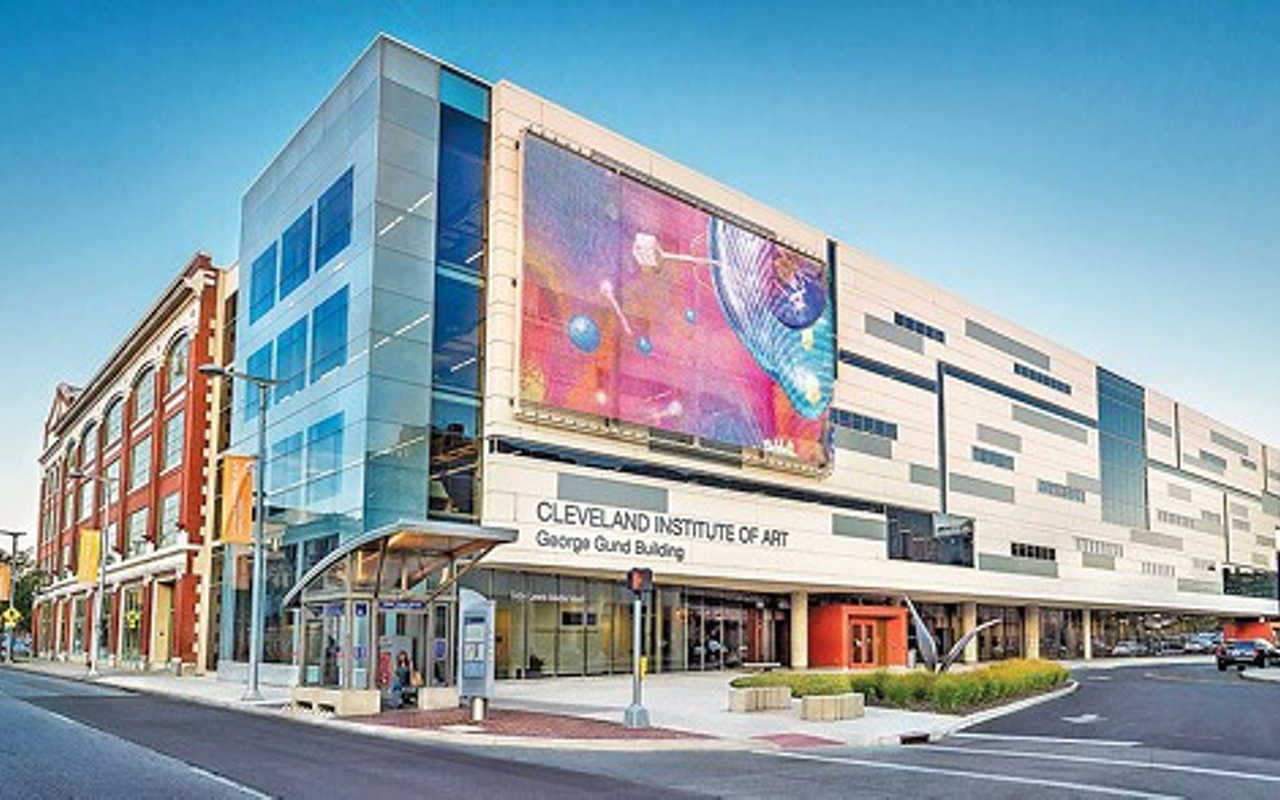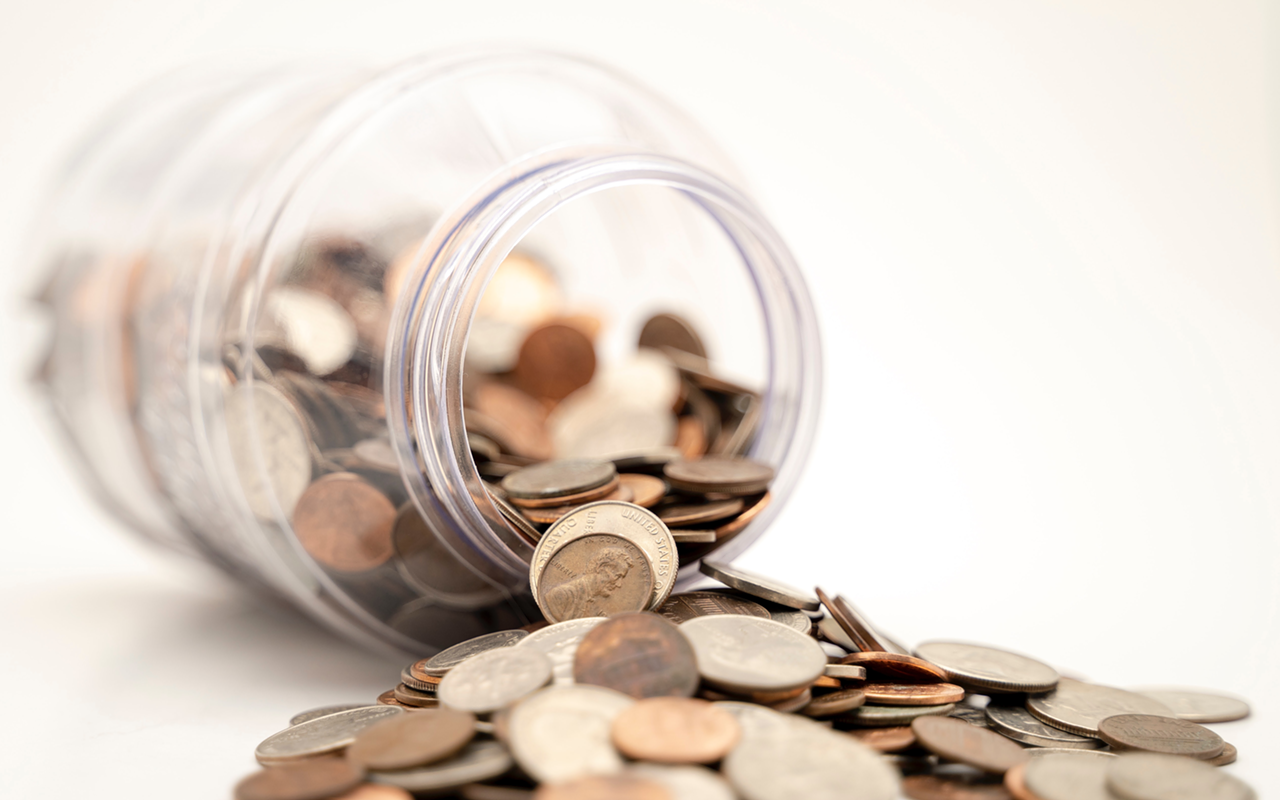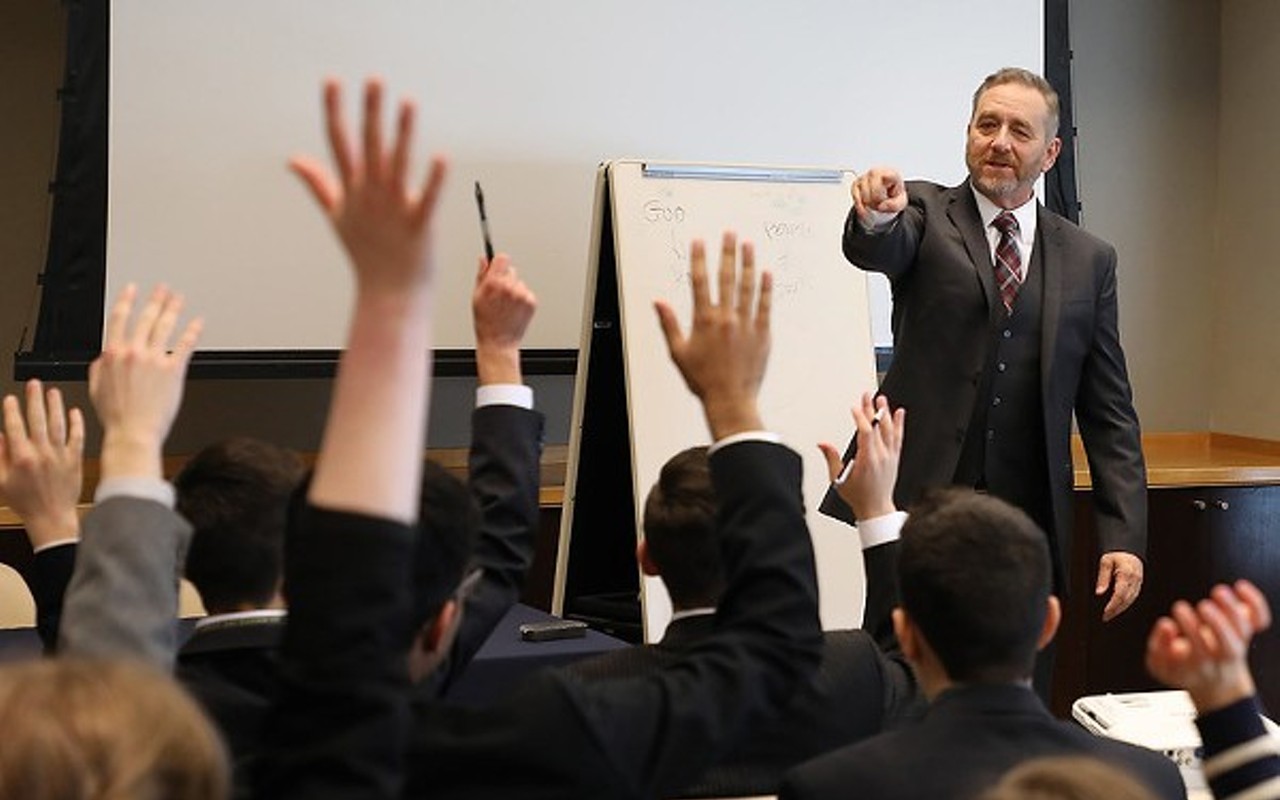
Photo: Towfiqu Barbhuiya, Unsplash
Student debt realities affect Black borrowers ability to achieve life milestones such as homeownership.
The Biden administration's recent move to cancel some student debt is welcome news to many, but challenges remain for others.
The racial equity gap among student-loan borrowers is known to be a problem, with studies documenting a number of troubling statistics over time. U.S. Department of Education research has illustrated the average Black student-loan recipient owes more than the original amount borrowed 12 years after entering college, and owes 95% of his or her original debt 20 years after entering school.
Same loan, different outcome
Kyle Thompson, policy assistant at the Center for Community Solutions, said it is important to look at the larger picture when trying to understand the different outcomes among borrowers."I think one of the important things that comes into this is really just recognizing that in a lot of cases the economic conditions that Black students come into school with, whether it's some structural things that's making it hard for them to be able to stay in school or even graduate school, and then find opportunities that can help them pay off their loans," Thompson outlined.
Thompson pointed out the realities affect Black borrowers' ability to achieve life milestones such as homeownership.
Other ways to forgive student debt
One way the federal government has attempted to give relief to borrowers was through the Public Student Loan Forgiveness program, created to offer loan forgiveness to public-sector and nonprofit workers who made consistent payments for 10 years.The program was created in 2007 with the first group of borrowers eligible for relief in 2017. Thompson noted problems with the program quickly became apparent.
"When people were first eligible for forgiveness, and they began to apply in 2017, the U.S. Department of Education realized there were some problems with it," Thompson recounted.
"Because fewer than 5% of applicants were approved for loan forgiveness." The Biden administration has added some temporary flexibility to the program, with new rules including giving borrowers credit for past payments which had previously been disqualified.
The waiver period is currently set to expire Oct. 31.
This story was originally published by Public News Service and republished here with permission.
Stay connected with CityBeat. Subscribe to our newsletters, and follow us on Facebook, Instagram, Twitter, Google News, Apple News and Reddit.
Send CityBeat a news or story tip or submit a calendar event.




